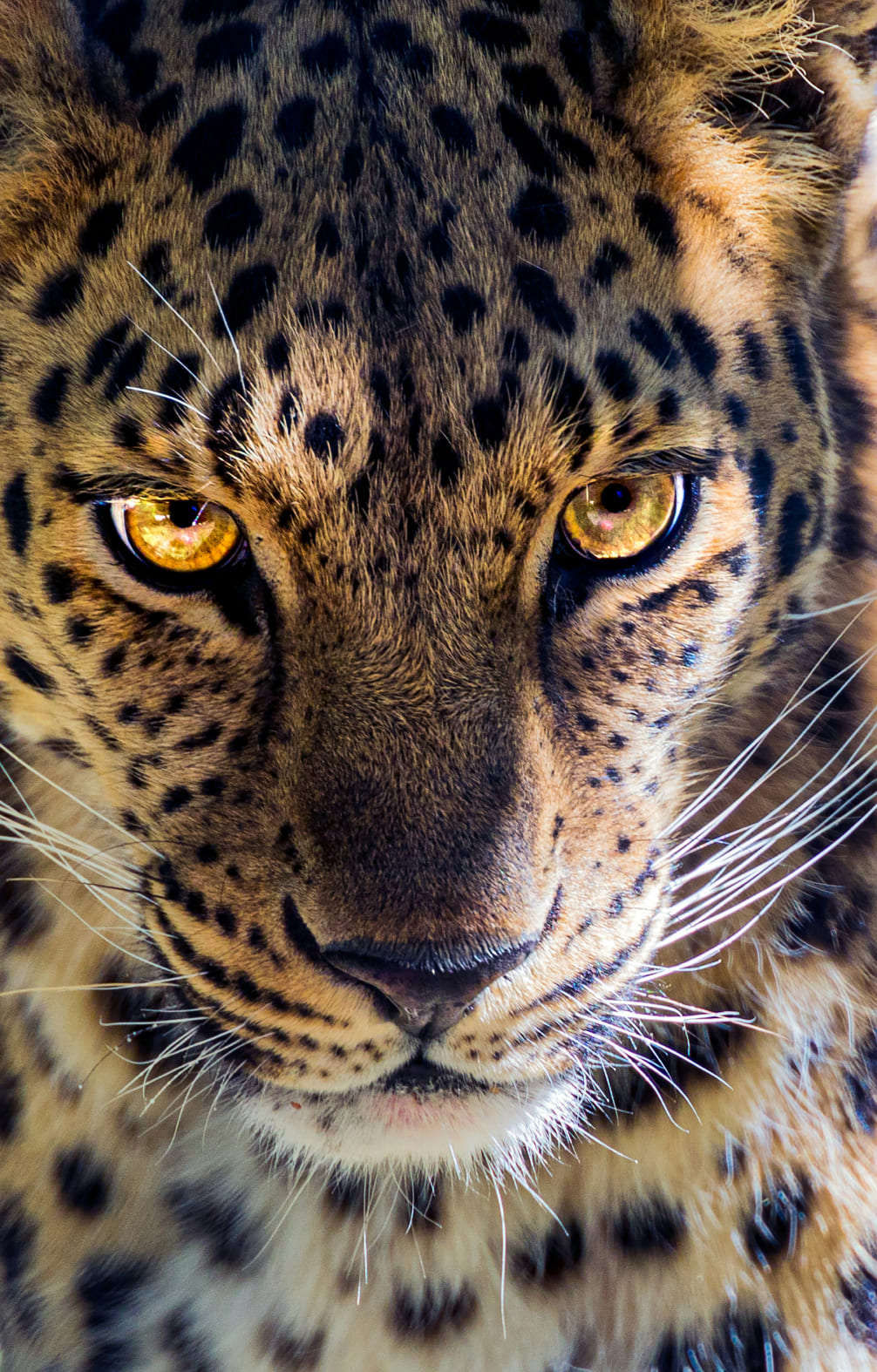Interesting Facts

The Tiger: Majesty and Mystery of the Jungle
The tiger, one of the most iconic and awe-inspiring animals on Earth, is a symbol of strength, beauty, and resilience. Native to Asia, tigers are primarily found in the forests, grasslands, and swamps of countries like India, Russia, and Indonesia. As apex predators, tigers play a crucial role in maintaining the balance of their ecosystems, yet they are sadly endangered due to habitat loss, poaching, and human conflict. This article explores the tiger's life, behavior, and significance in its natural habitat.
The Physical Prowess of the Tiger
Tigers are the largest members of the cat family, with males weighing between 200 and 675 pounds, depending on the subspecies. They are instantly recognizable due to their striking orange coats with black stripes, each tiger's stripe pattern being unique, like a human fingerprint. These stripes serve as camouflage, blending in with the shadows and light of their dense habitats, allowing them to stalk their prey undetected.Their powerful build and strong limbs make them adept hunters, capable of taking down prey much larger than themselves. With sharp retractable claws, keen eyesight, and a powerful sense of smell, the tiger is perfectly equipped for its role as a predator. A tiger’s bite force is incredibly strong, allowing it to capture and kill with precision, often targeting the neck of its prey to deliver a swift, fatal bite.
Hunting and Diet
Tigers are carnivorous, relying mainly on large herbivores like deer, wild boar, and water buffalo. Known for their patience, tigers often spend hours stalking their prey before launching an attack. They rely on stealth and can approach their prey as close as possible before making a sudden leap, covering distances up to 30 feet in a single bound. However, hunting is not always successful, and tigers may attempt multiple hunts before making a kill.Tigers are solitary animals, which means they do not rely on pack hunting strategies, making their strength and skill all the more critical. After a successful hunt, a tiger will drag its kill to a secluded spot and often feed over the course of several days, protecting its meal from scavengers. This solitary lifestyle also affects their large territories, with each tiger marking and patrolling its range to keep intruders at bay.
The Social Structure and Reproduction of Tigers
Tigers are largely solitary, with males and females coming together only during mating. Males are generally territorial and establish large territories that may overlap with the territories of several females. When a male tiger and a female meet, they engage in a brief but intense courtship, and if mating is successful, the female will give birth to a litter of 2-4 cubs after a gestation period of about 3.5 months.Tiger cubs are born blind and completely dependent on their mother for food and protection. The mother will raise them on her own, teaching them essential hunting and survival skills. Cubs remain with their mother for about two years before they are ready to establish their own territories. During this period, young tigers learn to hunt, communicate, and survive in the wild, skills essential for their independent lives as adults.
Tigers in Culture and Conservation
Tigers hold a special place in many cultures, particularly in Asia. They are revered as symbols of power and courage, appearing in folklore, mythology, and art. However, these magnificent animals face severe threats due to illegal hunting for their skin and bones, which are used in traditional medicine and as status symbols. Habitat destruction due to agriculture and deforestation further endangers their populations, making tiger conservation crucial.Conservation efforts include creating protected reserves, anti-poaching laws, and breeding programs. Organizations worldwide work tirelessly to save the tiger from extinction, promoting awareness and supporting efforts to restore and expand their habitats. By protecting tigers, we ensure the survival of a unique species and maintain the health of the ecosystems they inhabit.

